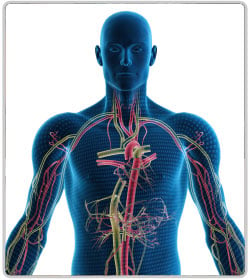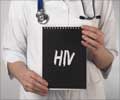Laboratory Diagnosis
Isolation and Identification of Virus:
The Polymerase Chain Reaction (PCR) can be used to detect HIV, DNA and RNA virus in test samples.
- HIV can be cultured from lymphocytes in peripheral blood. The number of circulating infected cells varies with the stage of diseases.
- Higher titers of virus are found in the plasma and in peripheral blood cells of patients with AIDS.
- HIV can be grown in lymphocyte cultures containing abundant CD4-reactive larger cells. Primary isolates of HIV grow very slowly compared with laboratory-adapted strains.
- Viral infection is quantified by:
- Reverse transcriptase assay, which measures the enzyme activity of released HIV particles.
- Indirect Immunofluoresence assay, which measures the percentage of infected cells
- Cell fusion assay, which measures the capability of the virus to produce cell fusion and subsequent cell death.
Serology/ Blood Test: Test kits are commercially available for measuring antibodies by Enzyme Linked Immunosorbent Assay (ELISA).
- Immunofluoresence
- Radio-immunoprecipitation assays
- Western blot techniques - in which antibodies to HIV proteins of specific molecular weights can be detected.
- Antibodies to viral core protein p24 or envelope glycoproteins gp41, gp120, or gp160 are most commonly detected.












